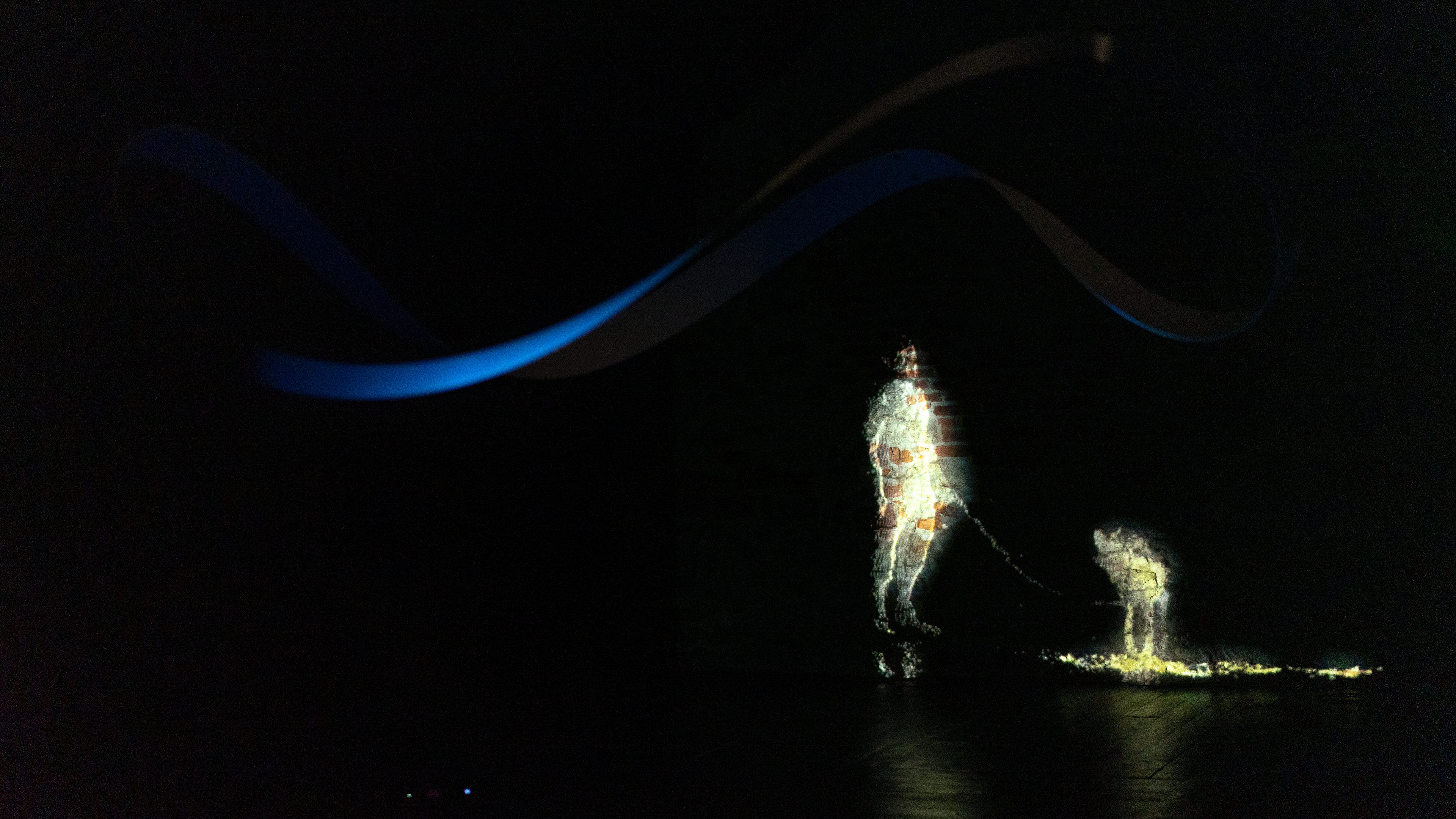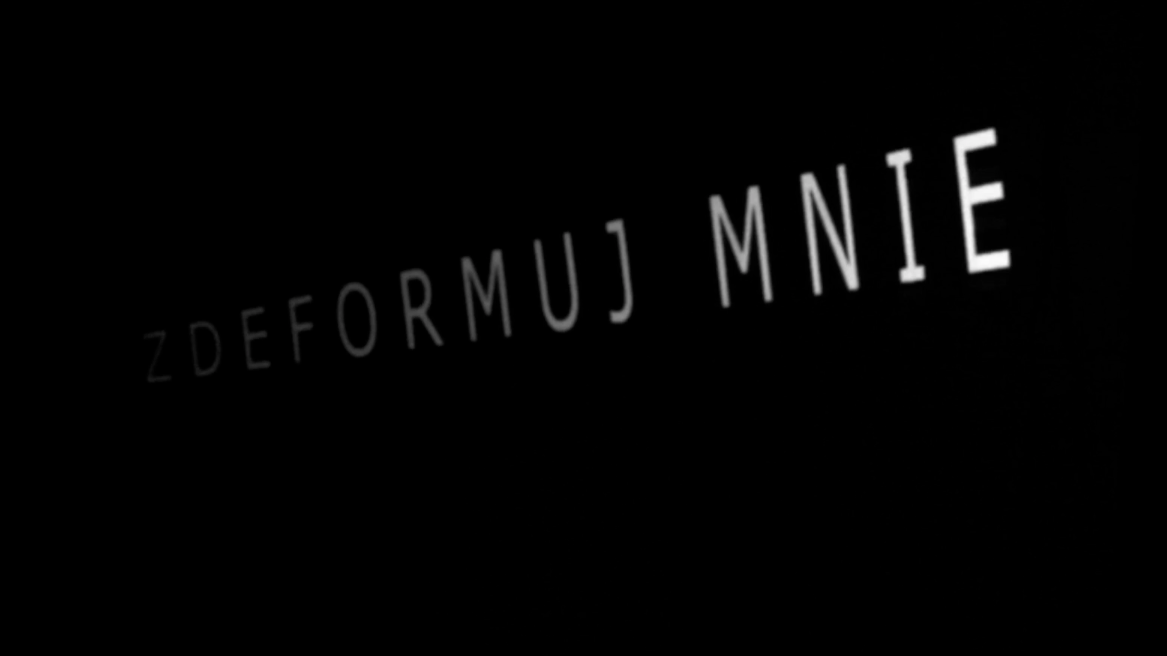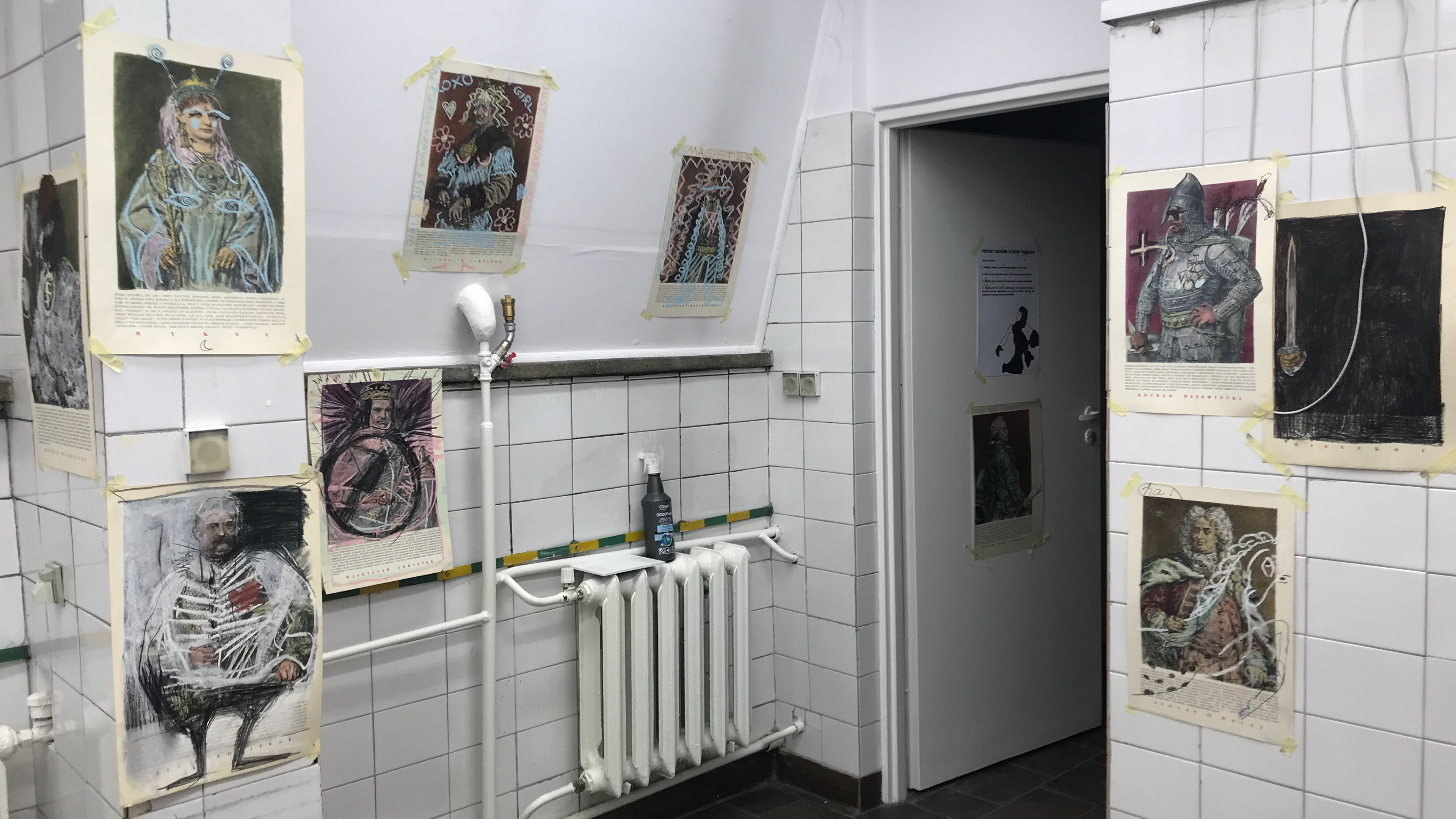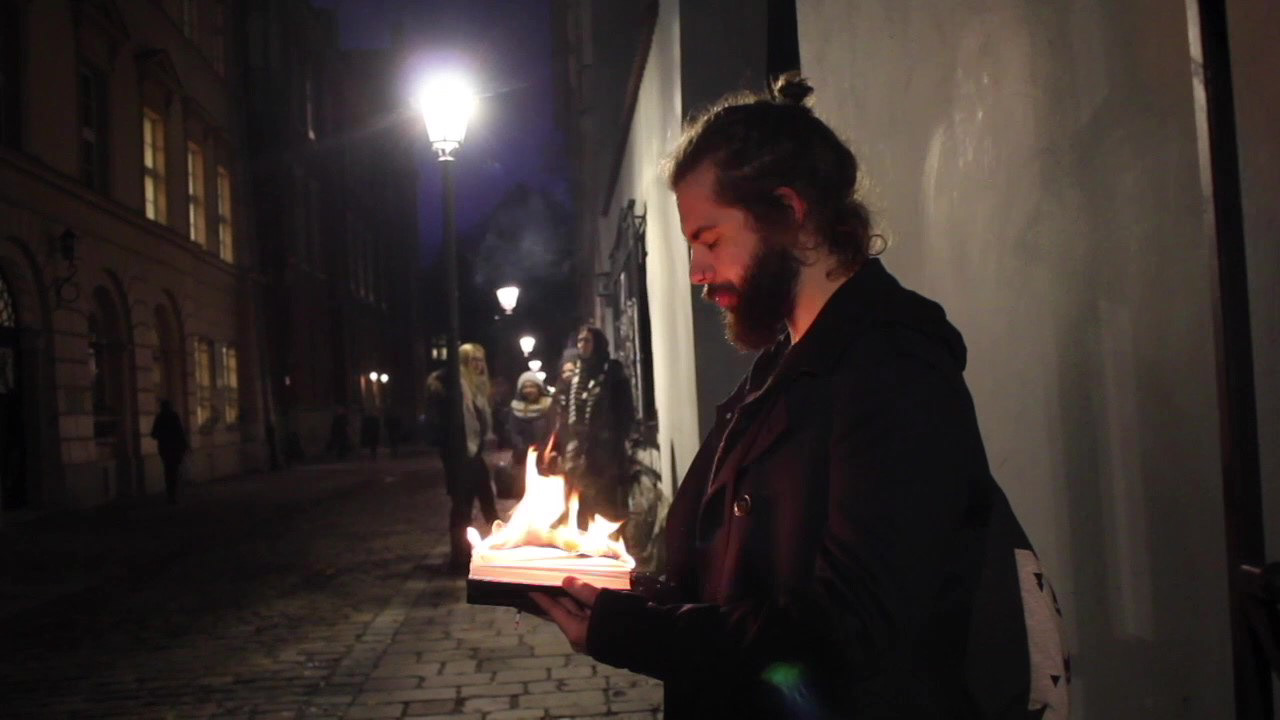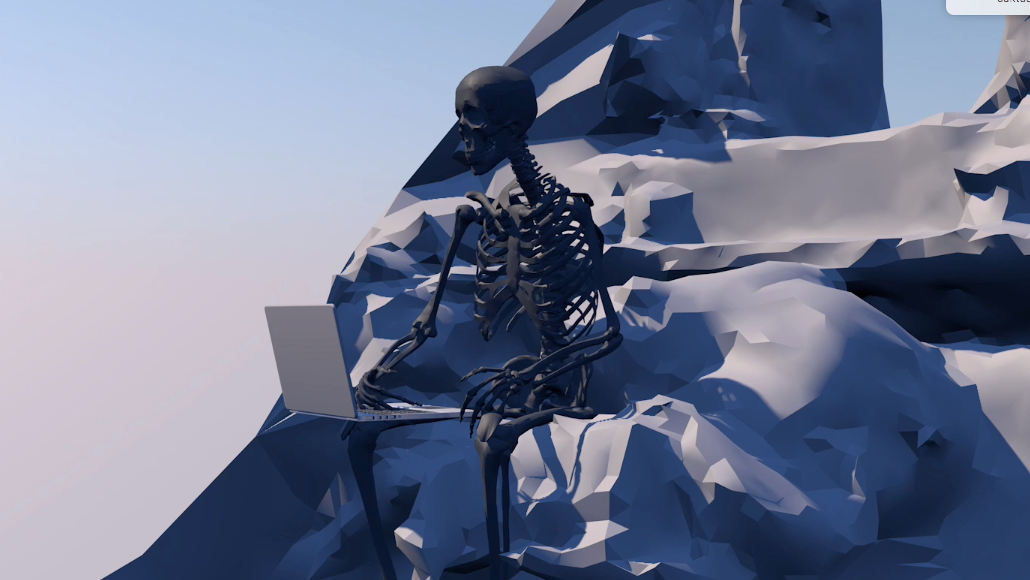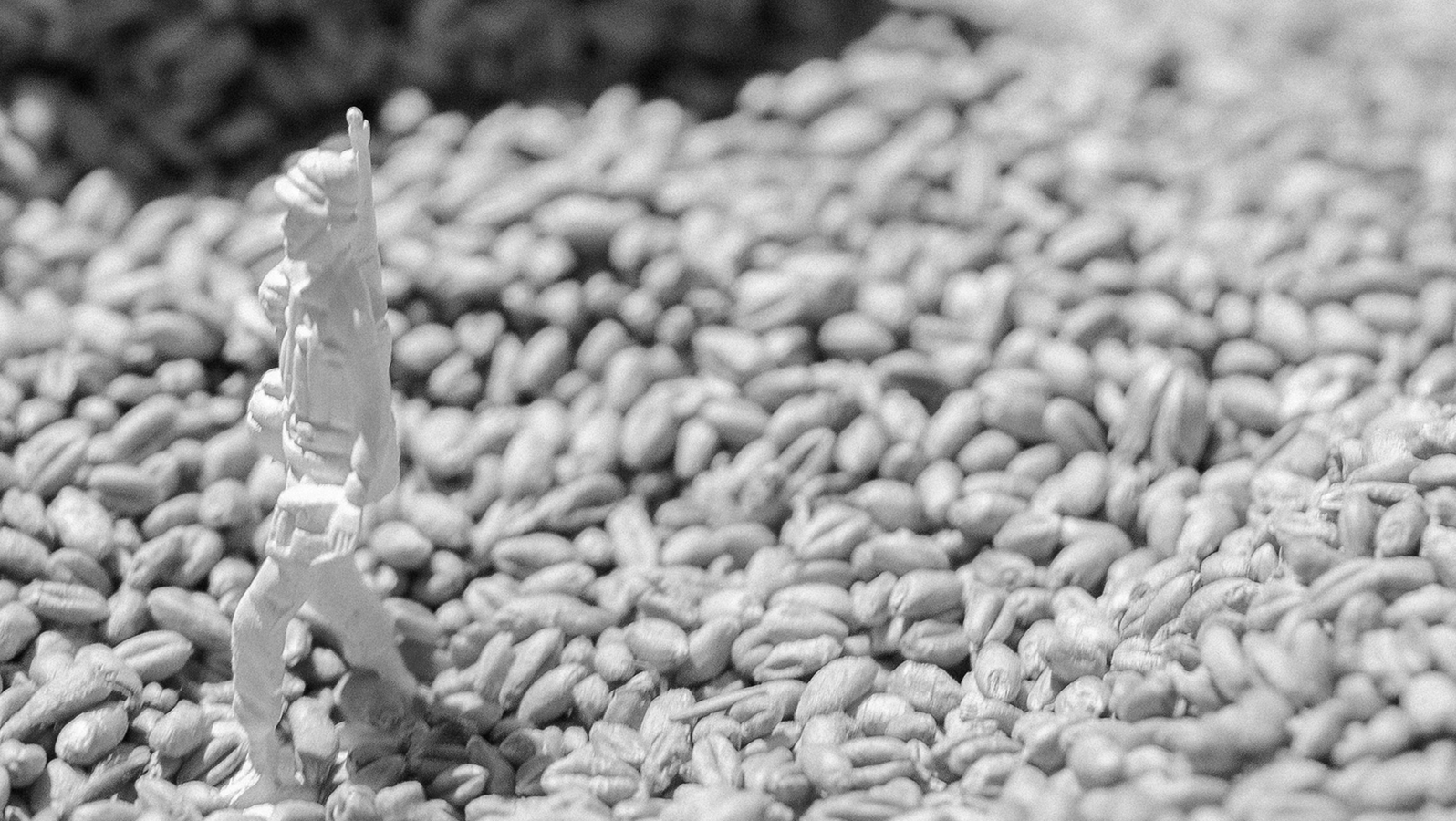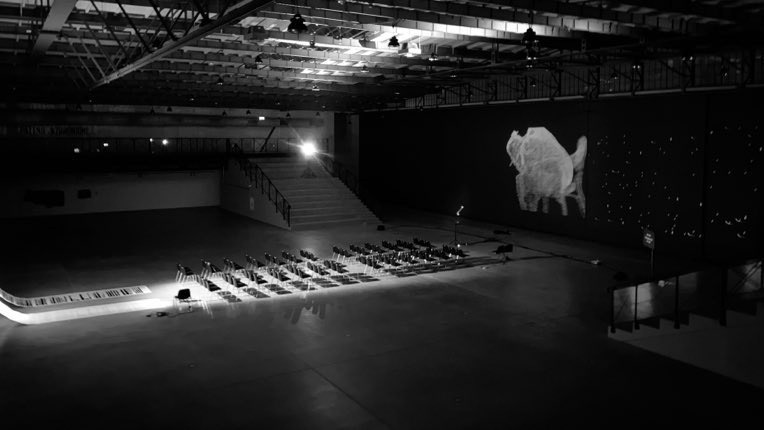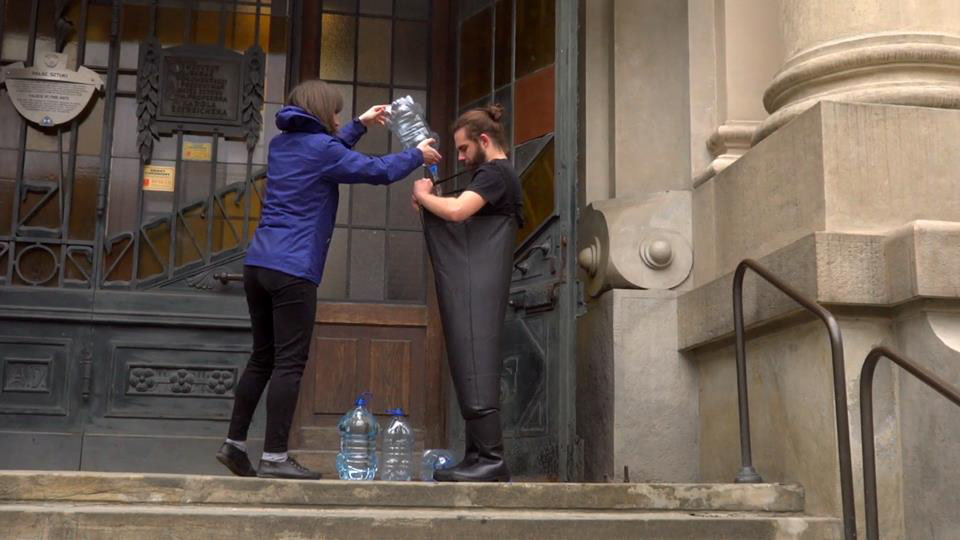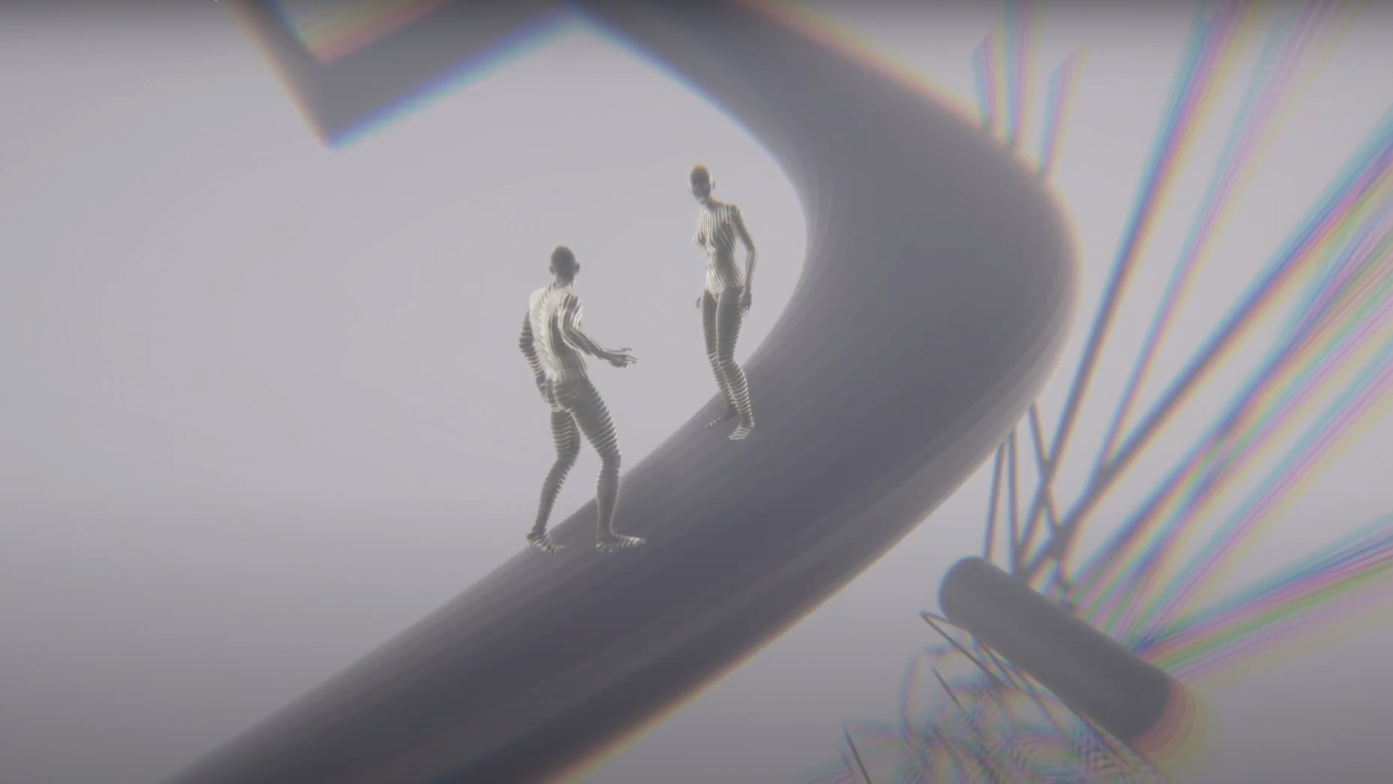Performance Plac Miejski jest zwieńczeniem wielopoziomowego projektu realizowanego w ramach Poznan Design Festival. Stał się on czescią wystawy realizowanej w Starym Browarze w Poznaniu pod kierownictwem Prof. Grzegorza Bilinskiego i Patrycji Maksylweicz wraz z artystami: Zuzanną Bodzoń, Ernestem Borowskim, Michałem Menkarskim, Alicją Filipek i Jakubem Dolnym.
The performance Plac Miejski is the culmination of a multi-level project carried out as part of the Poznan Design Festival. It became part of the exhibition at Stary Browar in Poznań under the direction of Prof. Grzegorz Bilinski and Patrycja Maksylweicz with artists: Zuzanna Bodzoń, Ernest Borowski, Michał Menkarski, Alicja Filipek and Jakub Dolny.
Plac (niem. Platz - puste miejsce; z łac. Platea - szeroka ulica, bulwar, plac; od gr. πλατεῖα ὁδός – plateia hodos – szeroka ulica) – wolna, niezabudowana przestrzeń miejska, zwykle w kształcie prostokąta lub kwadratu, ograniczona zabudową, ulicami, zielenią, przeważnie wyłączona z ruchu pojazdów.
Rzeczywiście nasze poglądy na ten temat zwykle krążą wokół otwartej przestrzeni miejskiej charakteryzującą się swoją monumentalną formą i pustką. Pogląd ten jest stwierdzeniem mocno chybionym, nie oddaje on nawet w najmniejszym stopniu złożonego bytu informacyjno przestrzennego jakim jest idea placu. Nasze place nie są oddzielone od siebie sztywnymi budynkami, a elastycznymi granicami powiązanymi ze zdobywaniem informacji i interakcją międzyludzką (niezależnie od tego czy jej forma jest fizyczna czy cyfrowa) Początkiem drogi stała się geometria, prostolinijne pojmowanie formy jasno niedefiniowanej okazało się błędem. Czworobok placu, fascynował swoimi ograniczeniami jednocześnie uświadamiając skomplikowanie form mieszczących się w 4 geometrycznych kątach. Indywidualizacja placu skupiła moją uwagę na mojej cyfrze numerologicznej jaką jest liczba 5. Następnym elementem stała się więc praca z symbolem pentagramu.
Geometria zawarta w sztywnym podziale przestrzeni okazała się zwodnicza, ta właściwa przestrzeń nieustannie wybucha i ewoluuje, zmienia znaczenia i dostosowuje się do aktualnej sytuacji. Nasz plac nie jest jednak bytem indywidualnym i odosobnionym. Wpisuje się on przecież w olbrzymią wielowymiarową siatkę miejską, w której możliwe jest nawarstwianie i przenikanie się w czasie. Wszystko bowiem w naszym mieście zostało połączone siecią kłączy semantycznych, niejednokrotnie ignorujących fizyczną przestrzeń i czas.
Każda przestrzeń jest więc naszym udziałem, elementem kreacyjnym dla podmiotowości przestrzeni naszego placu, począwszy od monumentalnej skali związanych z naszą przestrzenią, poprzez mieszkanie, ciało, ludzi jakich spotykamy, na elementach niedostrzegalnych gołym okiem kończąc.
Ta chaotyczna narracja doprowadza do konkluzji o braku fizycznej możliwości, pełnego i poprawnego zmaterializowania placu. Otwiera jednak drogę dla maksymalnego. Uczestnictwa w nim i jego przestrzeni.
Plac (German: Platz - empty place; Latin: Platea - a wide street, boulevard, square; from the Greek: πλατεῖα ὁδός - plateia hodos - wide street) - free, undeveloped urban space, usually in the shape of a rectangle or square, limited by buildings, streets, green areas, mostly pedestrianized.Indeed, our views on this subject tend to revolve around an open urban space characterized by its monumental form and emptiness. This view is a highly misguided statement, it does not reflect even the slightest degree of the complex informational and spatial entity that is the idea of the square. Our squares are not separated from each other by rigid buildings, but by flexible boundaries related to the acquisition of information and interpersonal interaction (regardless of whether its form is physical or digital). The beginning of the road was geometry, the straightforward understanding of a clearly undefined form turned out to be a mistake. The quadrangle of the square fascinated by its limitations, at the same time making people aware of the complexity of forms in 4 geometric angles. The individualization of the square focused my attention on my numerological figure, which is the number 5. The next element was working with the symbol of the pentagram.The geometry contained in the rigid division of space has turned out to be deceptive, this proper space is constantly exploding and evolving, changing meanings and adapting to the current situation. Our square, however, is not an individual and secluded entity. After all, it fits into a huge multidimensional city network, in which it is possible to lay down and interpenetrate in time. Everything in our city has been connected by a network of semantic rhizomes, often ignoring physical space and time.Each space is therefore our participation, a creative element for the subjectivity of the space of our square, ranging from the monumental scale related to our space, through the apartment, body, people we meet, and ending with elements imperceptible to the naked eye.This chaotic narrative leads to the conclusion that there is no physical possibility to fully and correctly materialize the square. However, it opens the way for the maximum. Participation in it and its space.
